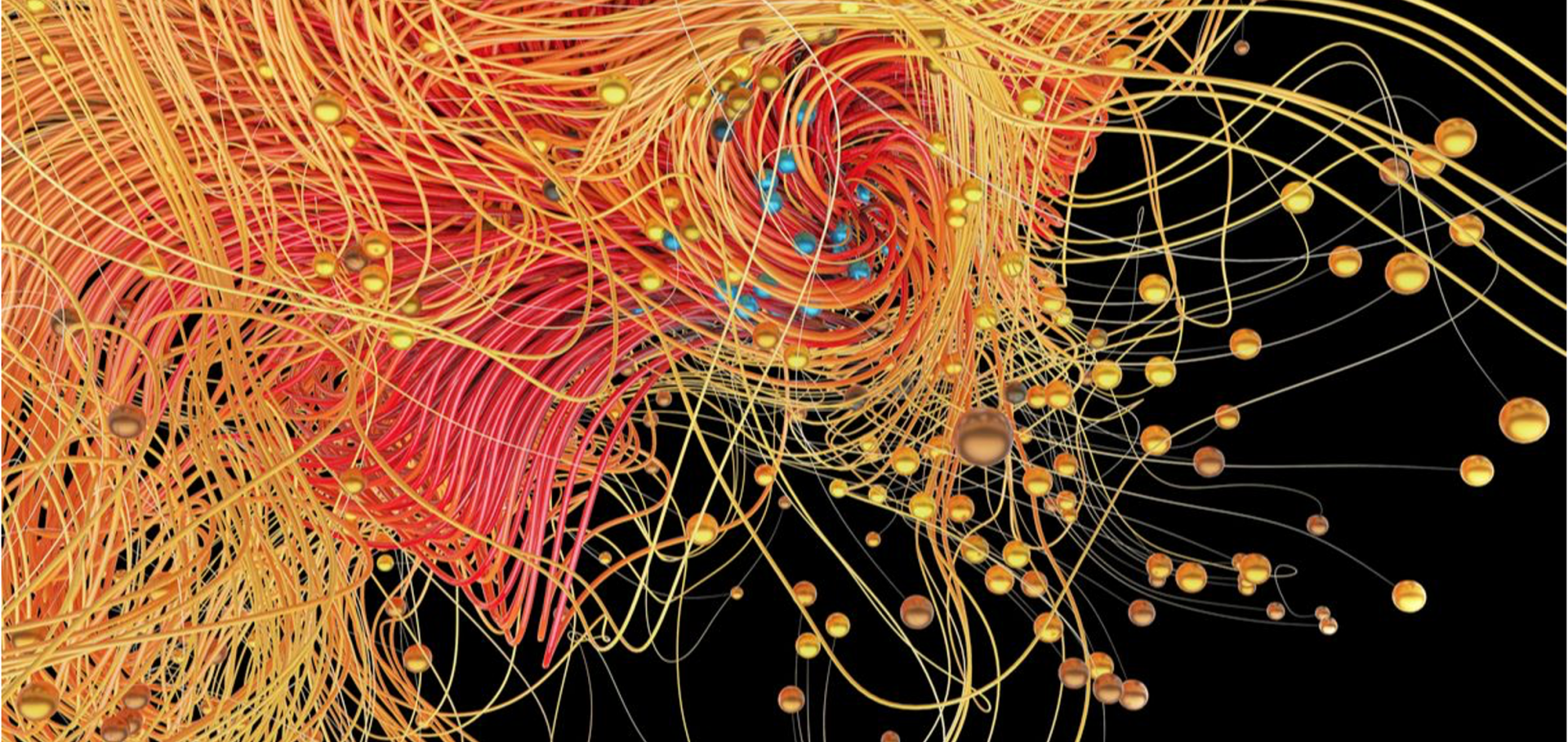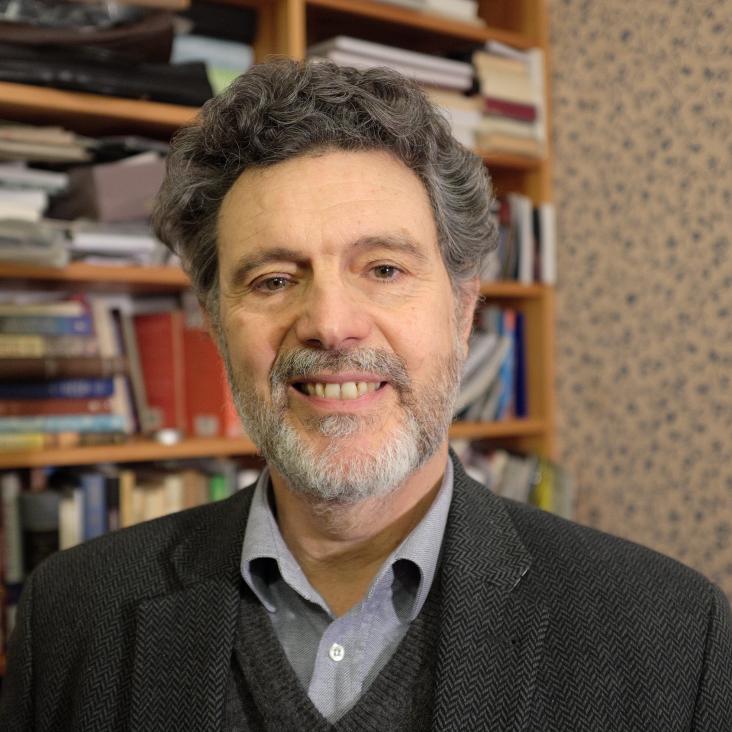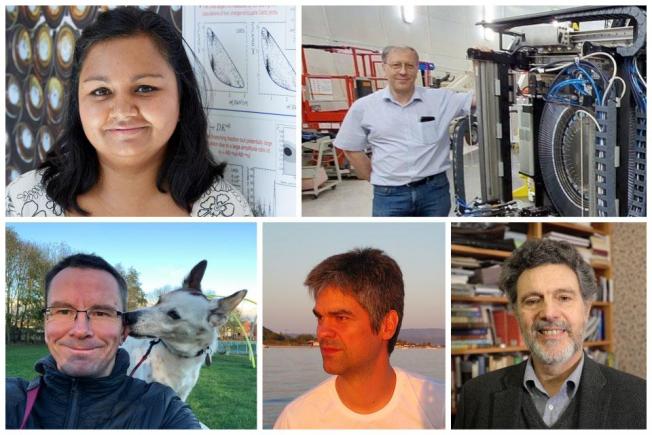Defects, defect ordering, structural coherence and superconductivity in the 123 copper oxides
Physica C: Superconductivity and its applications 185-189:PART 1 (1991) 184-189
Abstract:
We discuss the influence of oxygen defects and defect ordering on superconductivity in 123 compounds. Because of the complexity of the high-temperature phase diagram, the synthesis history can significantly influence the properties. Room-temperature annealing experiments show that defect ordering on a short length scale can have a remarkable affect on superconductivity. We propose that structural coherence in the CuO2 planes, which is present only if there is orthorhombic symmetry on at least a short length scale, is a requirement for superconductivity in these compounds. © 1991.SYNTHESIS AND PROPERTIES OF NEW FAMILY OF SUPERCONDUCTING COPPER OXIDES BASED ON GAO LAYERS
SUPERCONDUCTIVITY AND ITS APPLICATIONS / 251 (1991) 319-326
SYNTHESIS AND TC IN SIMPLE SUPERCONDUCTING OXIDE SYSTEMS
ABSTRACTS OF PAPERS OF THE AMERICAN CHEMICAL SOCIETY 202 (1991) 9-PHYS
Critical current decay with ageing for polycrystalline YBCO wires and rings
Cryogenics 30:7 (1990) 576-580
Abstract:
The effect of environmental factors such as moisture and temperature on the critical current of sintered YBCO was systematically investigated. The degradation rate of materials with different characteristics was also analysed. The synthesis procedure used, powder grain size, silver oxide addition, sintering conditions and final density were all considered as possible factors affecting the material's sensitivity to ageing. The transport critical current was measured using the d.c. four probe technique, with and without magnetic field, on wire specimens, and with an a.c. contactless method with no field on moulded rings. Complex susceptibility measurements were also carried out to further qualify the material's behaviour, especially in cases where the macroscopic Ic had dropped to zero. The results showed qualitatively similar Ic versus time behaviour for the various samples, but with strong quantitative differences, which were correlated to the above factors. © 1990.Evidence of the B and C superconducting phases in the Bi-Ca-Sr-Cu-O system
Il Nuovo Cimento D 11:6 (1989) 903-906



